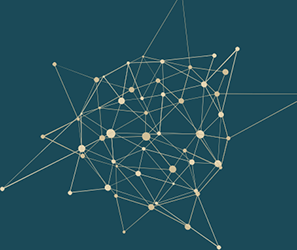Speaker
Description
I discuss to what extend LISA can observe features of gravitational wave spectra originating from cosmological first-order phase transitions. I focus on spectra which are of the form of double-broken power laws. These spectra are predicted by hydrodynamic simulations and also analytical models such as the sound shell model. I argue that the ratio of the two break frequencies is an interesting observable since it can be related to the wall velocity while overall amplitude and frequency range are often degenerate for the numerous characteristics of the phase transition. The analysis uses mock data obtained from the power spectra predicted by the simplified simulations and the sound shell model and analyzes the detection prospects using chi^2 -minimization and likelihood sampling. I point out that the prospects of observing two break frequencies from the electroweak phase transition is hindered by a shift of the spectrum to smaller frequencies for strong phase transitions. Finally, I also highlight some differences between signals from the sound shell model compared to simulations.




